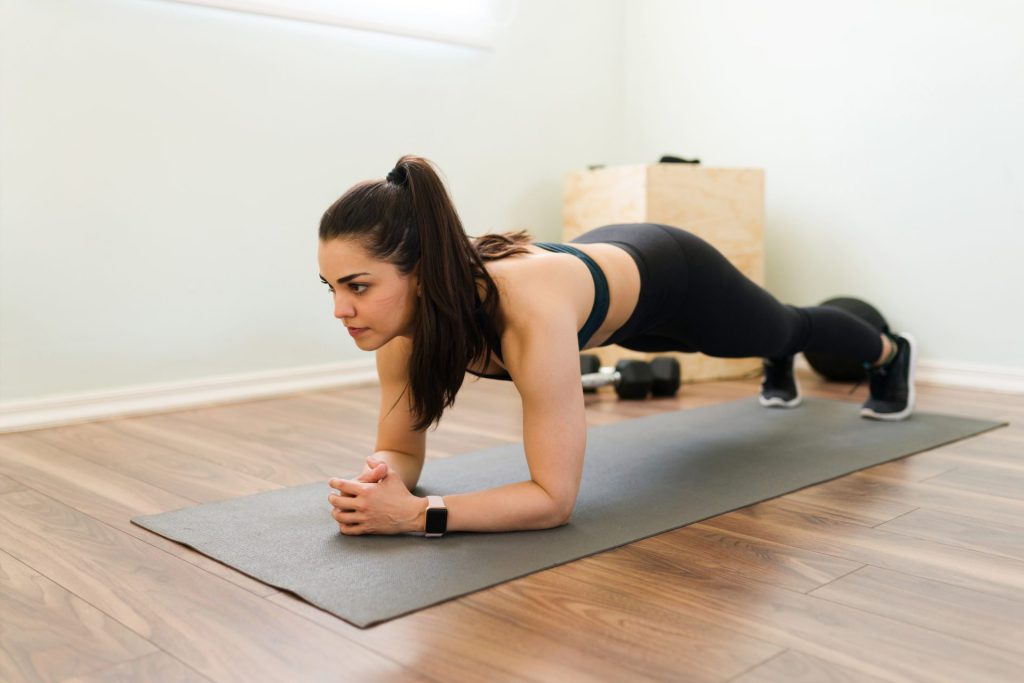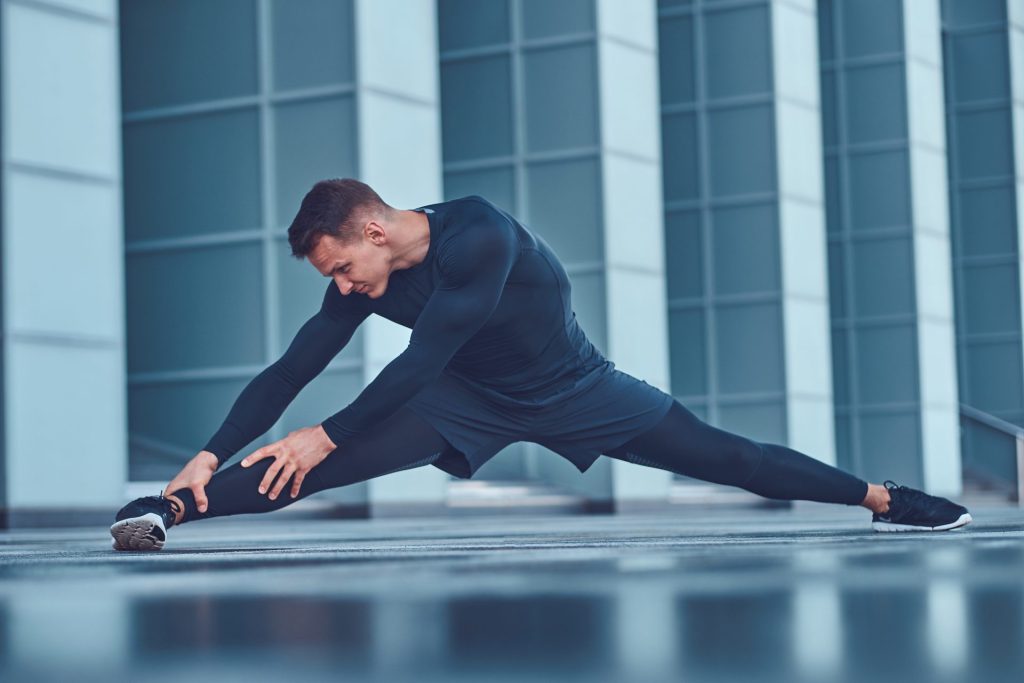Are you looking to develop bigger and stronger muscles? We have the perfect solution: Flexing! Flexing is a form of exercise where you tense your muscles without moving them. This means that all the work is being done internally as opposed to externally when lifting weights or doing other exercises. Read on and learn how to flexing muscles!
Contents
Flex All of Them!
You can flex any muscle group in your body including biceps, triceps, chest, back, abs, legs and shoulders. Your range of motion does not matter. You can use flexing to target any area you like!
But for maximum muscle growth and strength gains, it’s important to use advanced techniques such as dynamic tensioning, muscle stretching, and isometric contractions.
These methods will build more muscle mass quickly by forcing your muscles to work against resistance.
Flexing can also help improve your posture and reduce the risk of injury due to weak or tight muscles.
So why should you consider adding flexing to your workout routine? Well, for one thing, it’s an incredibly efficient way of bulking up without the need for heavy weights or expensive gym equipment. This makes it a great option for anyone who doesn’t have access to a gym or wants to save some money on their workouts.
Additionally, flexing helps increase muscular endurance and maximize metabolic intensity during your workouts while improving coordination and balance as well. And lastly, regular flexing can help humans reach their full potential in terms of both physical ability and athletic performance.
Whether you’re looking to get bigger or simply strengthen existing muscles, flexing is an effective training method that delivers results fast! So if you’re serious about building bigger biceps or achieving peak performance in any sport or activity – learn how to flex those muscles today!
The Benefits of Exercising Muscles
Improved Posture And Mobility
One of the greatest benefits of muscle flexing is improved posture and mobility. When you’re able to work the muscles in your body, it helps improve your range of motion, making everyday activities easier. This can also help alleviate back pain caused by poor posture.
Regularly flexing your muscles helps strengthen them so that you are better able to support your spine and keep yourself upright (which can also help with reducing neck and shoulder pain).
Increased Metabolism
Another benefit of muscle flexing is increased metabolism. When you exercise your muscles, they require more energy than when they are at rest. This means that even after you finish working out, your body will continue to burn calories while it recovers from the workout—resulting in increased metabolism.
Not only will this help you lose weight more quickly, but it can also boost your overall energy levels throughout the day!
Enhanced Strength And Endurance
Finally, regular muscle flexing will increase your strength and endurance levels over time. As you flex your muscles on a regular basis, they become stronger and better able to handle physical strain—which can come in handy during workouts or other physically demanding activities (such as sports or manual labor).
Additionally, having stronger muscles means that it takes less effort for you to complete tasks because each muscle contraction requires less energy than before—allowing for greater endurance throughout any physical activity.
Strengthen Your Muscles With These Flexing Exercises
Plank
The plank is one of the most popular flexing exercises because it works so many different parts of your body. To do this exercise, start in a push-up position with your arms extended beneath your shoulders and your feet hip-width apart.
Keep your core tight and your back straight as you hold this position for 30 seconds or longer. This exercise will not only strengthen your abdominal muscles but also work on other areas such as the glutes, hamstrings, chest, shoulders, quads, and triceps.
Dynamic Stretching
Dynamic stretching is an active form of stretching that involves using movement to increase the range of motion rather than just holding a single position for an extended period of time.
A great example would be doing arm circles – stand up straight and then lift one arm up above your head, then slowly circle it around in a clockwise direction 10 times before switching directions and repeating on the other side.
This type of movement helps warm up your muscles while also increasing flexibility over time.
Biceps & Triceps Squeeze
This exercise is great for strengthening the bicep and tricep muscles in your arms. Begin by kneeling on the floor with both knees bent at a 90-degree angle and both hands placed just outside of each knee.
Without moving any other part of your body, curl up each arm as far as you can and then squeeze both biceps and triceps together at the same time for 15 seconds or more; then relax slowly back down into position.
This exercise is great for targeting specific muscle groups while still engaging all four limbs in the process.
The Squat
This classic move works several major muscle groups including quads, hamstrings, and glutes as well as core muscles for balance and stability.
To perform a squat start standing with feet about hip-width apart then slowly lower yourself down until your thighs are parallel to the floor (or lower if you feel comfortable). Make sure to keep your chest lifted and core engaged throughout the movement; don’t let knees go over your toes as you bend them!
Slowly come up out of squat by pressing through heels to return to standing position and repeat 3 sets of 12 reps each time for optimal results.
Bent Over Wall Press
This final exercise will help strengthen your chest and shoulders while increasing flexibility in those areas as well. Begin by standing with your back against a wall; then slowly lower yourself into a bent-over position until you feel comfortable doing so.
Place both hands on either side of the wall at shoulder height; then press against it with all of your strength while keeping your elbows close to your sides for 15 seconds or longer before releasing slowly back into starting position. This exercise will help build strength in those key upper body muscles without putting too much strain on them at once.
Conclusion
When it comes to flexing muscles, you have to be prepared to put in the work. With proper form and regular practice, you can achieve great results. You should also remember that muscle development is a long-term process and requires dedication and patience to see significant progress.
Furthermore, don’t forget about the importance of nutrition for muscle growth, and make sure you include a variety of nutrient-rich foods in your diet.
Finally, keep your training interesting by regularly switching up exercises and workouts to prevent boredom and ensure steady progress.
With the right approach, flexing your muscles can help you look and feel better while achieving improved levels of strength and fitness.



